使用水下滑板车的潜水员通常分为两派:一派一个都没有,另一派拥有九个。这不仅仅是个笑话。“九滑板车”潜水员觉得它们如此不可或缺,以至于会把它们藏在关键潜点,用一瓶气探索巨大的沉船。这凸显了核心争论:这些机器是改变游戏规则的工具,还是如“零滑板车”派隐含认为的那样——只是昂贵且高维护的负担?真正的问题是,您如何确定自己会属于哪一派?
水下滑板车的优点:为什么有人会拥有九个
是什么让海洋滑板车从“高维护负担”变成了“改变游戏规则的工具”,以至于有人会买九个?答案不仅仅是“乐趣”。而是一系列强大且实用的优势
这是潜水员最重要的单一好处。通过用电机替代费力的蹼泳,您的体力消耗大幅下降。这直接降低了您的空气消耗率(SAC),使您的气瓶持续时间显著延长,并延长了无减压底停时间。 DPV显著扩大了你的有效潜水范围。以前需要两次潜水才能探索的地点——比如大型沉船和附近的珊瑚礁系统——现在通常可以用一瓶气完成。这对于岸潜尤其适用,将300米的游泳到断崖变成了两分钟的通勤。 除了简单的刺激感,水下滑板车还提供实用的速度。你可以使用缓慢的1米/秒(2.2英里/小时)巡航模式仔细扫描珊瑚礁,或切换到更高速档(如Sublue Navbow的2米/秒,或4.5英里/小时)快速抵达下一个兴趣点,同时几乎不费力。 对于体力有限、游泳能力较弱或行动不便的人来说,海洋滑板车是强大的平衡器。它提供必要的推进力,使他们能够舒适且安全地与亲友一起参与水下探险。 即使是轻微的水流逆游也会惊人地消耗你的体力和空气供应。滑板车提供持续、可靠的推力,帮助你穿越中等水流,助你坚持潜水计划并顺利返回出水点,而无需艰难挣扎。 一台可靠的DPV用于开放水域潜水价格昂贵,通常起价远超1000美元。这还不包括其主要消耗品:电池的高昂成本。几年后,一块官方替换电池的价格可能令人震惊,有时甚至和一台新的入门级滑板车价格相当。 这是最大的后勤难题。水下滑板车笨重且携带不便(重量从4.5公斤到超过8.5公斤不等)。更糟糕的是,它们的大型锂离子电池被禁止携带上客运飞机。这迫使你要么找到带有更小、可拆卸、符合航空规定电池的型号,要么只能把它留在家里。 电池寿命有限且在高速下急剧下降(例如,低速时为60分钟,高速时仅为18分钟)。你必须根据电池规划潜水,保留足够的电量用于返程和紧急情况。电池耗尽时,它会变成一个你必须拖带的沉重物体。 像调节器一样,水下滑板车需要保养。每次潜水后必须用淡水彻底冲洗,以防盐分和沙子破坏密封件和电机。 那么,你怎么知道自己会成为“九滑板车”狂热者还是“零滑板车”后悔者呢?这完全取决于你的主要需求。不同用户需要完全不同的设备。 主要需求:安全、易用的水面娱乐。 主要需求:在娱乐潜水范围内高效探索珊瑚礁或沉船。 主要需求:平稳、稳定的移动以实现稳定拍摄,同时保持一只手空闲。 主要需求:最大速度和动力。 主要需求:极端可靠性和危险环境下的长距离能力。 “值得”这一结论并非普遍适用。滑板车是一种强大的工具,但需要真正承诺其成本、旅行后勤和安全培训。对于休闲用户来说,它是一种有趣的奢侈品;对于严肃的潜水员来说,如果收益超过重大负担,它就是改变游戏规则的工具。“九滑板车”拥有者只是决定对他们的具体需求而言,这种权衡是值得的。最终决定取决于您是否真正准备好做出同样的选择。 是的,绝对需要。对于合适的人来说,它们是改变游戏规则的工具。对于严肃的潜水员,它们延长了底部时间,让您探索仅靠脚蹼无法到达的广阔区域。对于休闲浮潜者,它们为海滩的一天增添了极大的乐趣和轻松的探索。虽然拥有它的后勤复杂,但使用体验几乎被普遍认为是值得的。 是的。虽然海洋滑板车在水面浮潜时使用简单,但在深水中使用会带来新的风险并需要新的技能。您必须学会在运动中管理浮力,避免危险的快速上升,并处理潜在故障,如失控的电机。专业认证课程(如PADI的DPV课程)对任何水肺潜水员来说都是必不可少的。 这是最大的后勤挑战。大多数航空公司禁止在所有行李中携带大型锂离子电池(通常是160Wh以上)。您唯一的选择是购买专为旅行设计的滑板车,配备较小且可拆卸的电池(通常低于100Wh),必须随身携带。飞行前务必检查您所乘航空公司的具体政策。 这完全取决于型号的浮力。为休闲浮潜设计的水下滑板车通常具有正浮力,意味着它们会浮到水面。大多数用于水肺潜水的高级DPV设计为在深度时保持中性或略微负浮力。这允许潜水员“停放”滑板车(例如,通过将其夹在D环上),使其悬停在原地,从而解放双手。1. 大幅降低您的空气消耗
2. 将两个潜点合并为一次行程
3. 更少努力,更快移动
4. 让更多人轻松潜水
5. 克服疲惫的水流
水下滑板车的缺点:为什么它们对某些人来说是“坚决拒绝”
这些好处很诱人,但伴随着显著的现实权衡。这些是导致大多数潜水员——“零滑板车”阵营——犹豫不决的实际负担和新危险。1. 高昂的购买与电池成本
2. 航空旅行限制与体积
3. 有限的运行时间和潜水计划
4. 严格的日常维护

谁真正应该购买水下滑板车?
休闲浮潜者/家庭
主要特点:较低的价格点,坚固的螺旋桨保护装置以确保安全,简单的控制(通常为单速),以及正浮力,使设备在放手时能漂浮。娱乐潜水员和自由潜水员
主要特点:良好的深度等级(例如,40米 / 131英尺),接近中性浮力以便轻松悬停,多档速度设置,以及可靠的电池。这是平衡的“全能型”类别(例如,Sublue Navbow)。水下摄影师/摄像师
主要特点:完美的中性浮力,集成相机支架,以及单手控制选项(如DTC套件),释放另一只手进行相机调整。高性能爱好者
主要特点:高推力电机(例如,21kgf / 46lbf),最高速度超过6英里/小时,以及先进功能如LCD屏幕显示速度和电池数据(例如,Sublue Vapor)。技术潜水员和洞穴潜水员
主要特点:“劳模”型号,采用坚固的金属结构、容错设计、超长续航时间和可更换的大容量电池。对于这类用户,DPV是关键任务装备,而非玩具。
解决您的“0还是9”争论!
关于水下滑板车的常见问题
Q1:水下滑板车值得尝试吗?
Q2:我需要特别培训才能使用DPV进行水肺潜水吗?
Q3:我如何携带水下滑板车乘坐飞机?
Q4:如果我在水下松开滑板车会发生什么?

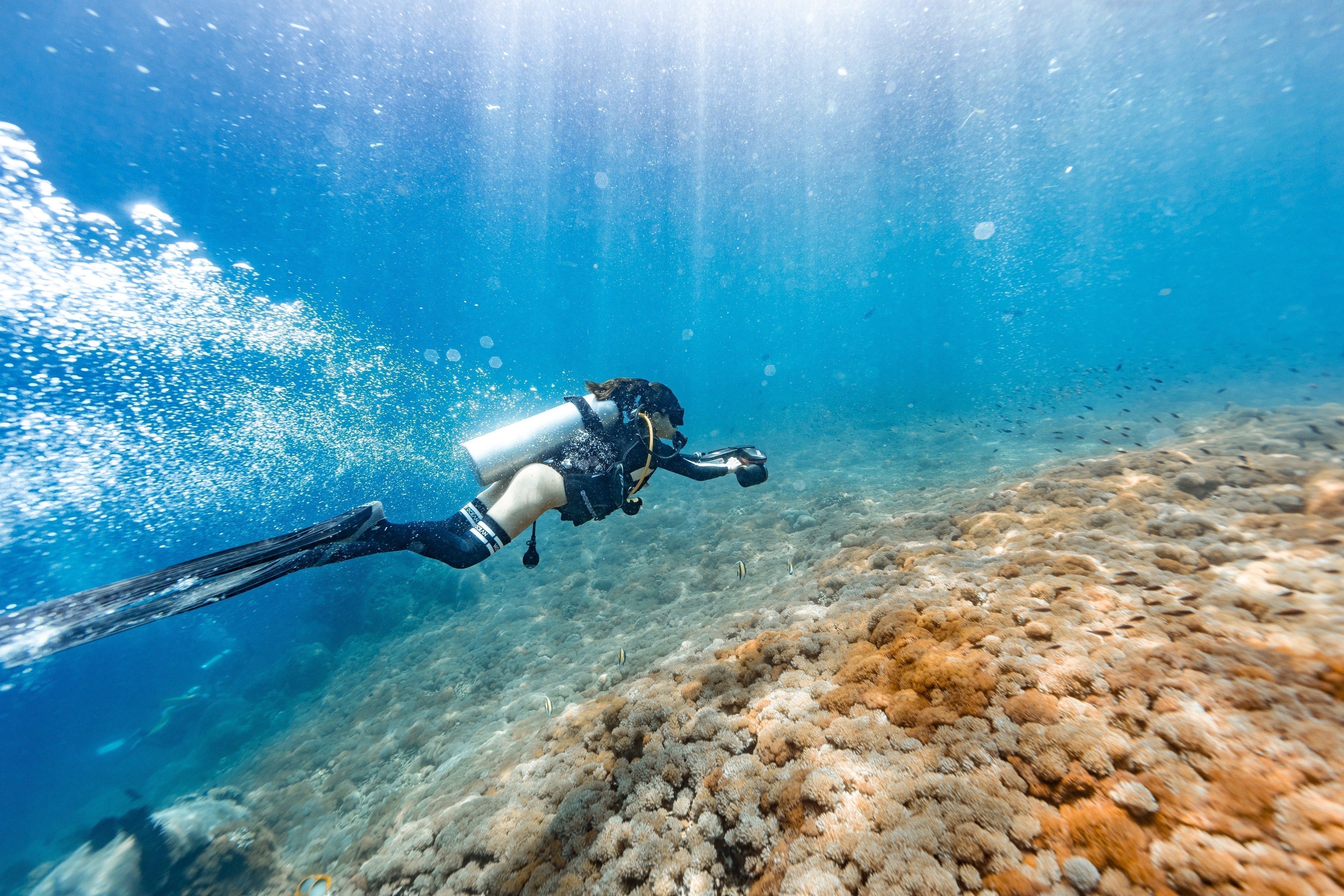




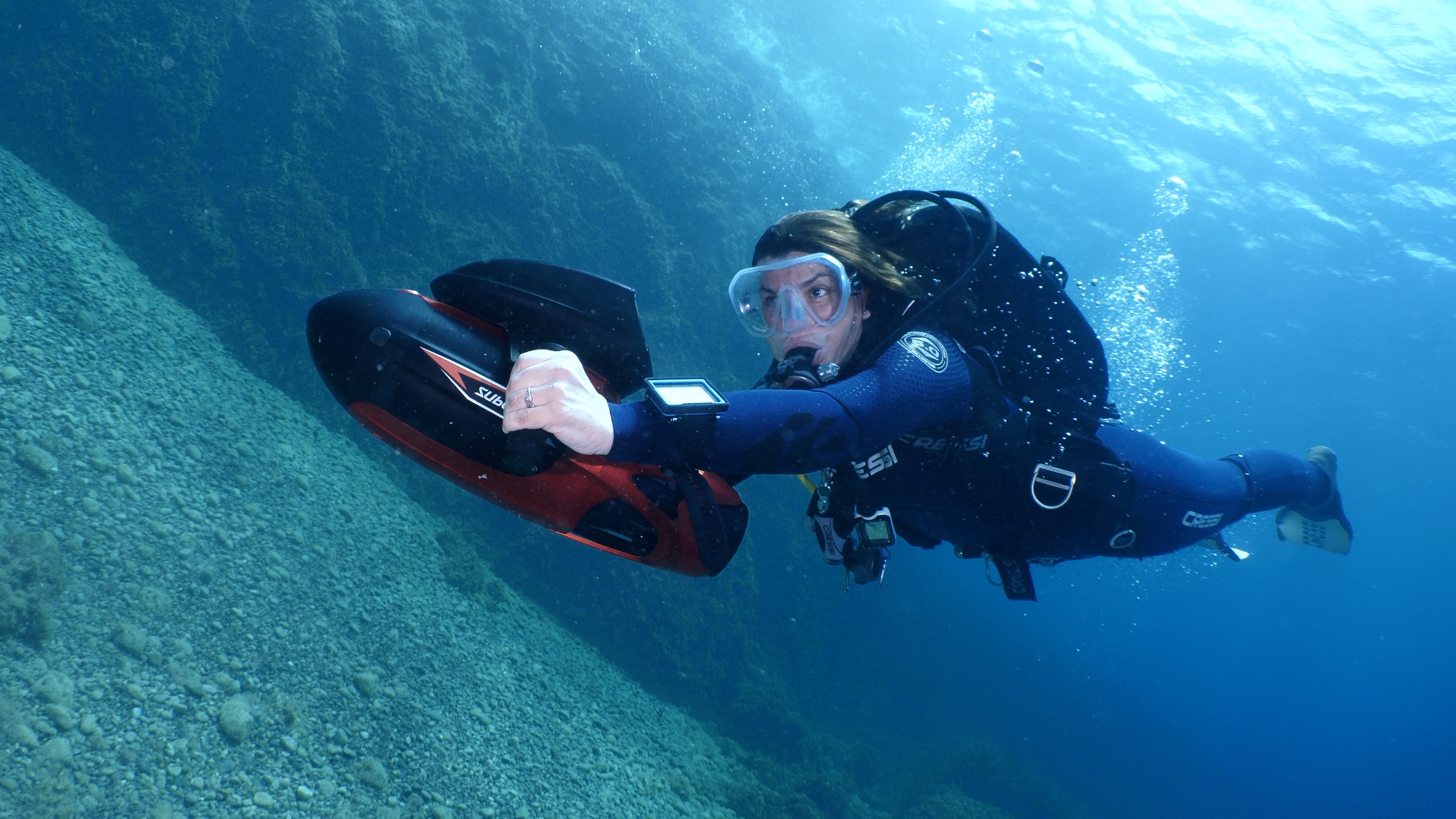
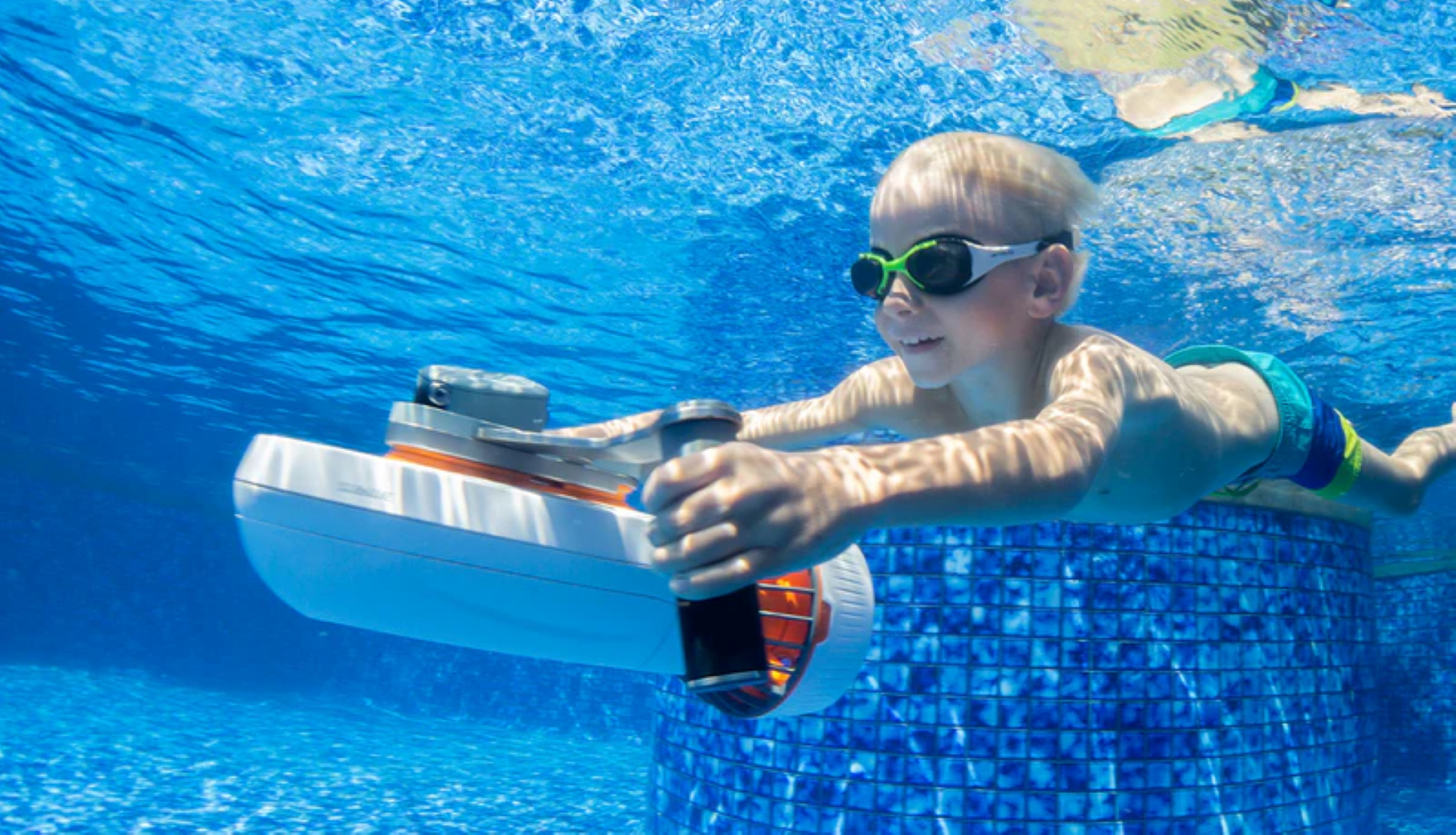
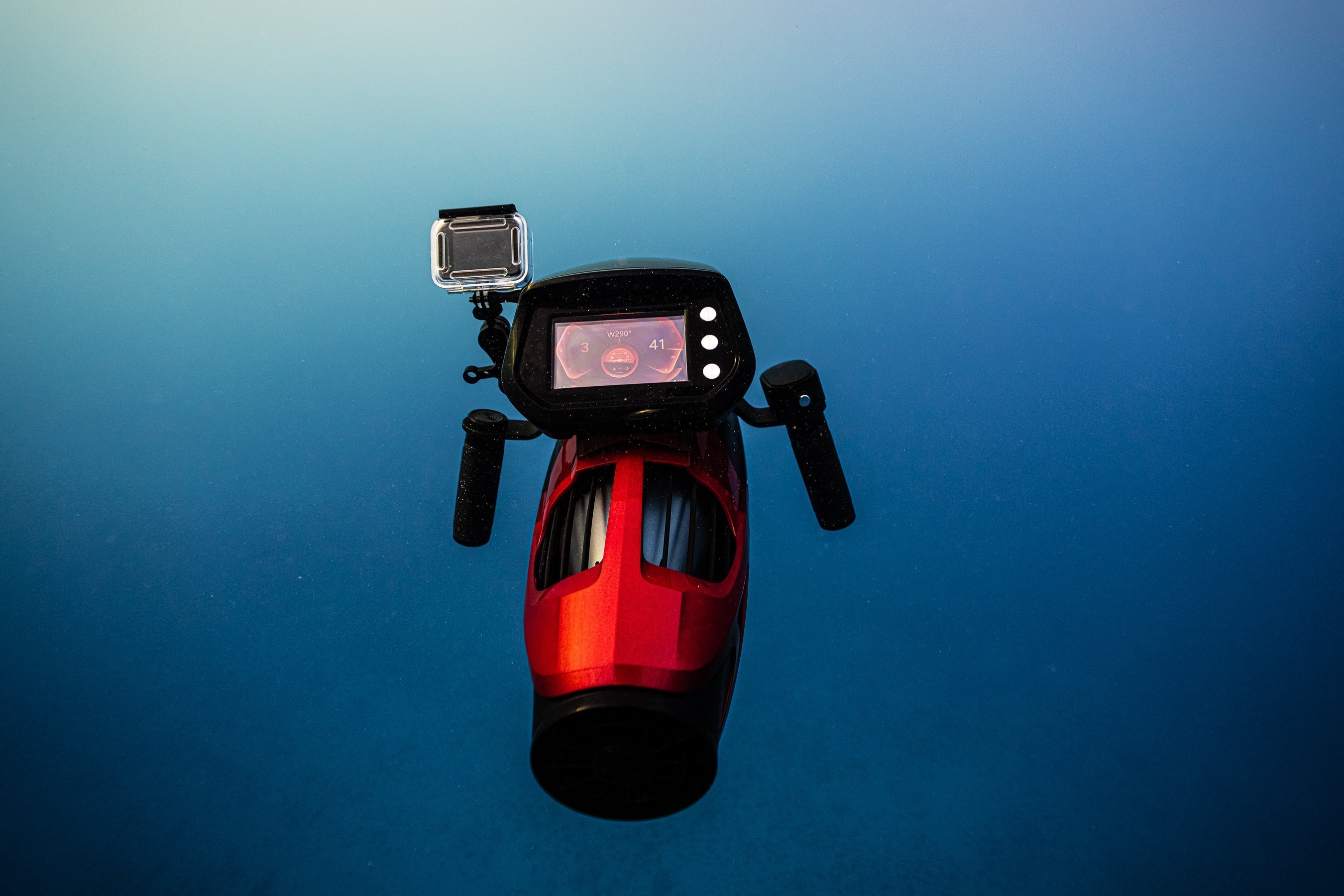
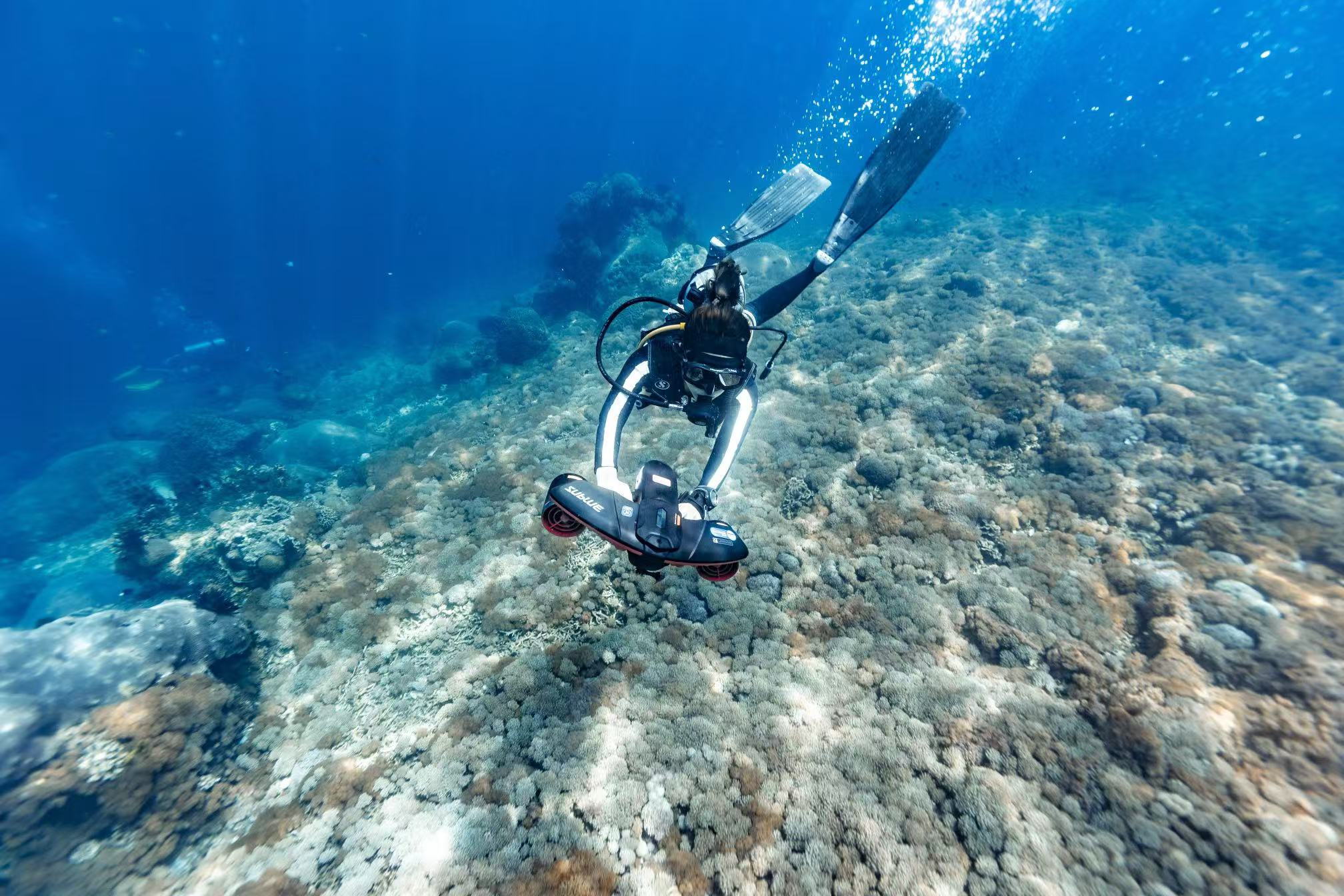
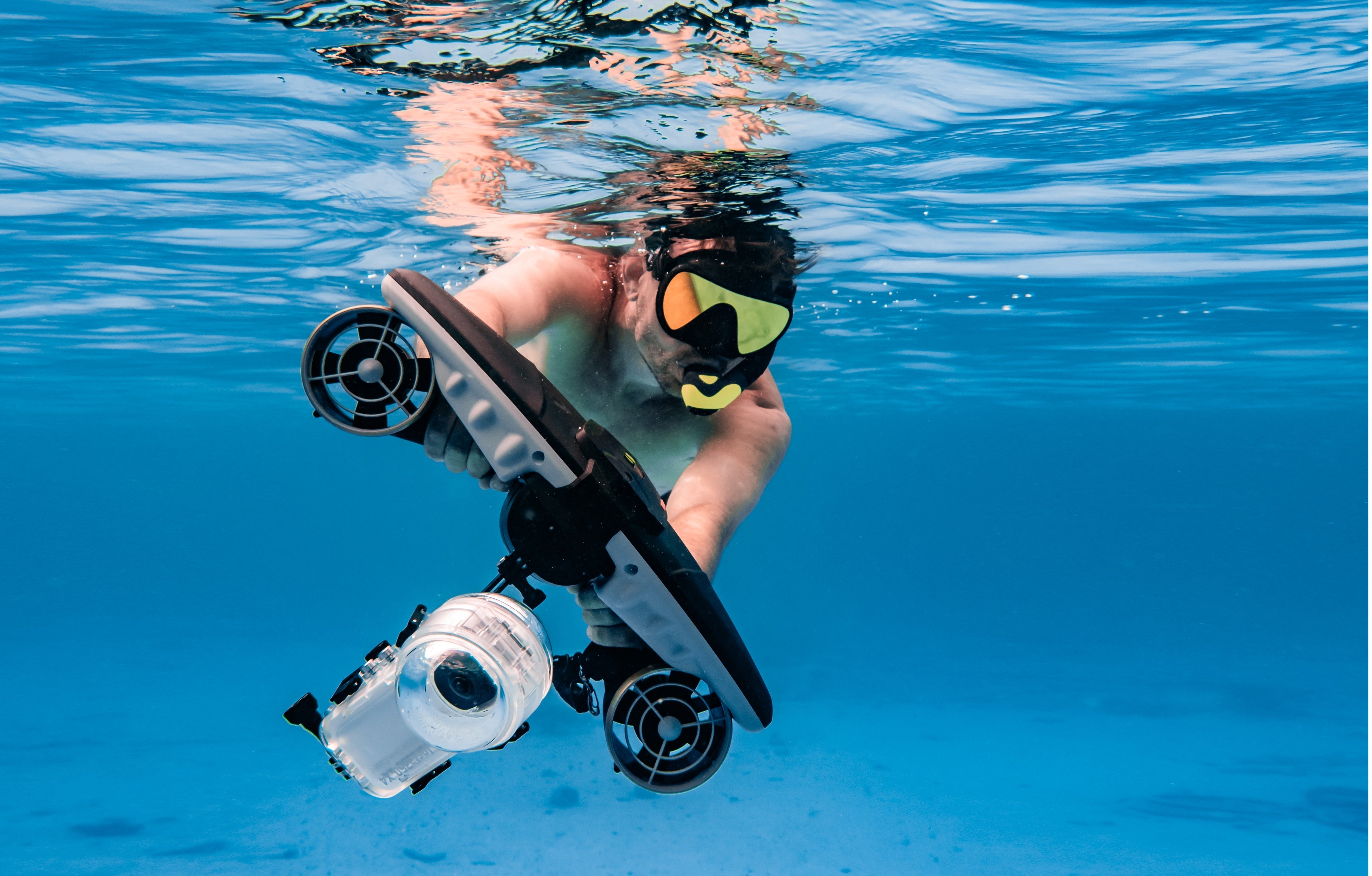




分享:
有哪些适合孩子们必须尝试的水上活动?
水下滑板“推力”:更大总是更好吗?